Home>Interior Design>How To Get Rid Of Squirrels In The Attic
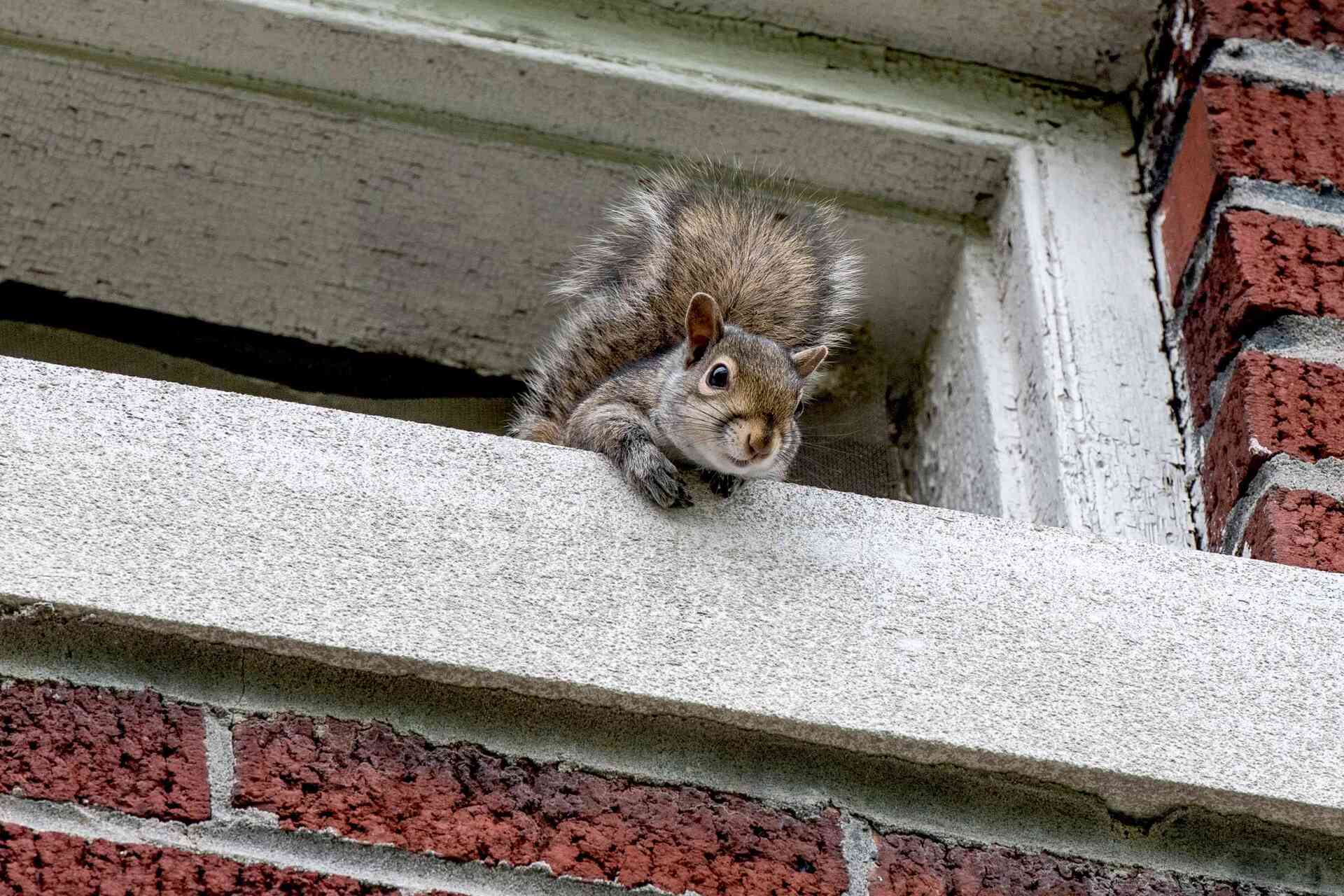

Interior Design
How To Get Rid Of Squirrels In The Attic
Modified: December 7, 2023
Discover effective methods for removing squirrels from your attic with our expert interior design tips. Say goodbye to unwanted visitors and restore peace to your home today!
(Many of the links in this article redirect to a specific reviewed product. Your purchase of these products through affiliate links helps to generate commission for Storables.com, at no extra cost. Learn more)
Introduction
Having squirrels in your attic can be quite a nuisance. Not only do they create noise and mess, but they can also cause serious damage to your property. If left unchecked, squirrels can chew through electrical wires, insulation, and even wooden structural beams. Additionally, their presence can increase the risk of diseases and pose a threat to the safety and well-being of your family.
Fortunately, there are effective ways to get rid of squirrels in the attic. This article will provide you with comprehensive guidance on how to address this issue, ensuring the safety of your home while maintaining a humane approach.
Before diving into the various methods, it’s essential to understand the signs that indicate the presence of squirrels in your attic.
Key Takeaways:
- Safely and humanely remove squirrels from your attic using live traps, exclusion devices, and professional assistance. Seal entry points and employ repellent techniques to prevent their return, ensuring a squirrel-free environment for your family.
- Prioritize safety and thoroughness when dealing with squirrel infestations. Identify signs of activity, assess the problem, and take preventive measures to maintain a squirrel-free attic. Consider professional assistance for humane removal.
Read more: How To Get Rid Squirrels In Garden
Signs of Squirrels in the Attic
Identifying the presence of squirrels in your attic is the first step towards addressing the problem. Here are some signs you should look out for:
- Noise: Squirrels are active creatures, especially during the daytime. If you hear scratching, running, or scurrying noises coming from your attic, there’s a good chance that squirrels have made their way in.
- Droppings: Squirrel droppings resemble small, oval-shaped pellets. If you find droppings in your attic, it indicates that squirrels have been frequenting the area.
- Chewed Wires and Wood: Squirrels have a natural tendency to chew on things to keep their teeth sharp. So, if you notice wires that are gnawed on or wooden beams that are damaged, it’s a clear sign that squirrels are present.
- Nesting Materials: Squirrels build nests using leaves, twigs, and other materials. If you find a collection of such materials in your attic, it suggests that squirrels have turned it into their cozy abode.
- Visible Entry Points: Check the exterior of your house for any visible entry points, such as holes or chewed areas. Squirrels are skilled climbers and can easily access your attic by exploiting these vulnerabilities.
If you notice any combination of these signs, it’s important to take immediate action to remove the squirrels from your attic and prevent further damage.
The Dangers of Squirrels in the Attic
Having squirrels in your attic isn’t just a nuisance; it can also pose several dangers. Understanding these risks is crucial to motivate you to take appropriate actions. Here are some potential dangers associated with squirrels in the attic:
- Structural Damage: Squirrels are relentless chewers. They can gnaw on electrical wires, insulation, and wooden beams, causing significant damage to the structure of your home. This can compromise the integrity of your attic and even lead to potential hazards, such as electrical fires.
- Health Hazards: Squirrels can carry various diseases and parasites, including ticks, fleas, and mites. If they contaminate your attic with their droppings and urine, it can lead to the spread of harmful bacteria and fungi, posing risks to your health and well-being.
- Noise and Disruption: Squirrels are active creatures, especially during the day. The constant running, scratching, and scurrying noises they create in your attic can disrupt your peace and tranquility, leading to sleepless nights and heightened stress levels.
- Insulation Damage: Squirrels often use insulation materials to build their nests. By tearing through the insulation, they can reduce its effectiveness, leading to energy inefficiency and higher utility bills.
- Unwanted Visitors: Squirrels can attract other pests, such as rats or mice, who may be drawn to the scent or entry points created by the squirrels. This can result in a larger infestation problem that is even harder to eliminate.
With these dangers in mind, it’s important to act swiftly and effectively to get rid of squirrels in your attic, ensuring the safety and well-being of your home and family.
Assessing the Problem
Once you’ve identified the signs of squirrels in your attic, it’s crucial to assess the extent of the problem. This step will help you determine the appropriate course of action and develop a plan to effectively remove the squirrels.
Start by inspecting your attic thoroughly. Look for any areas where the squirrels may have gained access, such as gaps or holes in the roof or walls. Take note of the damage they have caused, including chewed wires, nesting materials, and droppings.
Consider the number of squirrels present. If you only spot one or two, it’s possible that they recently entered and are exploring the area. However, if you see a significant amount of droppings or notice multiple entry points, it could indicate a larger infestation.
Observe their behavior. Are they actively nesting or just passing through? Do they show signs of aggression when confronted? Understanding their behavior will help you take necessary precautions to ensure your safety throughout the removal process.
It’s also important to assess the accessibility of your attic. Determine if you can safely navigate the space or if professional assistance may be required. Attics can be cramped, dark, and slippery, so prioritizing your safety is essential.
Once you have a clear understanding of the problem and its severity, you can proceed with the appropriate steps to remove the squirrels and prevent them from returning.
Removing Squirrels Humanely
When it comes to getting rid of squirrels in the attic, it’s essential to prioritize humane methods that protect the welfare of these creatures. Here are some humane techniques you can employ:
- Live Traps: Use live traps specifically designed for squirrels. Place bait, such as peanut butter or nuts, inside the trap and set it in an area frequented by the squirrels. Once captured, release the squirrels at least five miles away from your home in a suitable outdoor habitat.
- One-Way Exclusion Devices: Install one-way exclusion devices at the entry points used by the squirrels. These devices allow squirrels to exit the attic but prevent them from re-entering. Check local regulations and seek professional advice to ensure compliance and effectiveness.
- Professional Pest Control: If you’re uncomfortable handling the removal process yourself, consider hiring a professional pest control company experienced in humane wildlife removal. They have the knowledge and tools to safely and humanely remove the squirrels from your attic.
- Monitor and Repeat: After removing the squirrels, it’s important to monitor the attic for any signs of new activity. Seal any additional entry points that may have been overlooked and make necessary repairs to prevent future infestations.
It’s important to note that trapping and removing squirrels may require permits in certain areas. Check with your local wildlife agencies or humane societies for any regulations or restrictions to ensure that you are in compliance with the law.
Remember, the goal is to safely remove the squirrels without causing harm, ensuring their well-being as well as your own.
Seal all entry points, use traps or repellents, and trim tree branches near the attic to deter squirrels. Consider hiring a professional for safe removal.
Read more: How To Get Rid Of Bats In The Attic
Sealing Entry Points
Once you have successfully removed the squirrels from your attic, it’s crucial to seal off any entry points to prevent their return. Here are some steps to effectively seal entry points:
- Inspect the Exterior: Carefully examine the exterior of your home, paying attention to areas where squirrels may have gained access. Look for any gaps, holes, or weak spots in the roof, walls, vents, or chimneys. Pay close attention to areas near trees or branches that can serve as jumping-off points for squirrels.
- Fill and Repair: Use sturdy materials such as wire mesh, steel wool, or caulk to fill and repair any openings. Ensure that the repairs are secure and will withstand the squirrels’ attempts to chew through. Consider reinforcing vulnerable areas with metal flashing.
- Trim Overhanging Branches: Trim any tree branches that hang too close to your home. Squirrels can use these branches as bridges to access the roof and attic. By eliminating this easy access point, you make it more difficult for them to enter your home.
- Secure Vents and Chimneys: Install mesh covers or screens over vents and chimney openings to prevent squirrels from entering. Ensure the mesh has small enough gaps that squirrels cannot squeeze through.
- Regular Maintenance: Regularly inspect your home’s exterior for any new potential entry points. Keep an eye out for any signs of wear and tear or damage that could provide an entry point for squirrels. Address these issues promptly to maintain a secure and squirrel-free attic.
Remember, squirrels are agile and persistent creatures, so it’s essential to be thorough when sealing entry points. By taking these proactive measures, you can significantly reduce the chances of squirrels returning to your attic.
Repelling Squirrels
In addition to sealing entry points, you can also employ various methods to repel squirrels and deter them from returning to your attic. Here are some effective squirrel repellent techniques:
- Natural Repellents: There are several natural substances that squirrels find unappealing. Consider using ingredients such as cayenne pepper, vinegar, or peppermint oil to create homemade repellent sprays. Apply these around the entry points and areas prone to squirrel activity. However, keep in mind that the effectiveness of natural repellents may vary, and you may need to reapply them regularly.
- Ultrasonic Devices: Ultrasonic devices emit high-frequency sounds that are unpleasant to squirrels. These devices can be installed in the attic or near entry points. They do not harm the squirrels but create an uncomfortable environment, encouraging them to stay away.
- Motion-Activated Sprinklers or Lights: Install motion-activated sprinklers or lights around your home’s exterior. The sudden bursts of water or unexpected lights can startle and deter squirrels from coming near your property.
- Remove Food Sources: Keep your yard free of easily accessible food sources for squirrels. Avoid leaving bird feeders, fallen fruits, or unsecured trash bins. Removing these temptations can discourage squirrels from lingering around your property.
- Apply Predator Scents: Squirrels are naturally wary of predators. Utilize commercially available predator scents, such as fox or coyote urine, around the perimeter of your home. These scents can create the illusion of a predator presence, deterring squirrels from approaching.
It’s important to remember that different repellents may be more effective based on the specific squirrel species in your area. Experiment with different methods and combinations to find what works best for your situation.
By employing these repellent techniques, you can create an environment that squirrels find unattractive, reducing the chances of them returning to your attic.
Safe Cleanup and Prevention Tips
After successfully removing squirrels from your attic and sealing off entry points, it’s essential to follow safe cleanup and prevention techniques to maintain a squirrel-free environment. Here are some tips to consider:
- Wear Protective Gear: Before cleaning or handling any materials in the attic, wear protective gear such as gloves, a face mask, and long sleeves. This will help protect you from potential diseases and parasites present in squirrel droppings or nesting materials.
- Dispose of Contaminated Materials: Carefully remove and dispose of any contaminated materials in sealed plastic bags. This includes squirrel droppings, nesting materials, and damaged insulation. Double bag the waste, and wash your hands thoroughly afterward.
- Sanitize and Deodorize: Clean the attic with a disinfectant to eliminate any bacteria or fungi that may have been left behind by the squirrels. Additionally, use a deodorizer to remove any lingering odors that might attract new squirrels.
- Maintain Regular Inspections: Schedule regular inspections of your property to ensure there are no potential entry points or signs of squirrel activity. Catching any issues early on will make it easier to address them before they escalate.
- Trim Trees and Greenery: Maintain a safe distance between trees and your home by regularly trimming branches that hang over or near the roof. This reduces the possibility of squirrels accessing your attic from trees.
- Secure Garbage Bins: Make sure your trash bins are secure with tight-fitting lids. Squirrels are attracted to food waste, and easy access to garbage can encourage them to linger around your property.
- Install Mesh Covers: Consider installing mesh covers over vents and openings in the attic to prevent squirrels from reentering. Ensure that the mesh has small enough gaps to effectively block squirrel entry but still allow for proper ventilation.
By following these cleanup and prevention tips, you can maintain a squirrel-free attic and reduce the likelihood of future infestations. Remember to prioritize safety and take preventive actions to protect your home and property.
Conclusion
Dealing with squirrels in the attic can be a frustrating and potentially damaging situation. However, by taking a comprehensive and humane approach, you can effectively remove squirrels from your attic and prevent their return.
Start by identifying the signs of squirrel activity in your attic, such as noise, droppings, and chewed wires. Assess the extent of the problem and determine the appropriate course of action. Removing squirrels humanely, using live traps or exclusion devices, ensures their well-being while removing them from your home.
Sealing off entry points is a crucial step to prevent squirrels from reentering the attic. Thoroughly inspect and repair any gaps or holes, and trim overhanging branches that may provide access points. Utilize repellent techniques, such as natural repellents or ultrasonic devices, to deter squirrels from returning.
After successfully removing the squirrels, practice safe cleanup by wearing protective gear and properly disposing of contaminated materials. Regularly inspect your property for any signs of new infestations and take preventative measures to maintain a squirrel-free environment.
Remember, if you’re uncertain or uncomfortable with the removal process, it’s always best to consult a professional pest control company experienced in humane wildlife removal.
By following these steps, you can effectively get rid of squirrels in your attic while ensuring the safety and well-being of your home and family. Act promptly, be thorough, and take preventive measures to enjoy a squirrel-free attic for years to come.
Frequently Asked Questions about How To Get Rid Of Squirrels In The Attic
Was this page helpful?
At Storables.com, we guarantee accurate and reliable information. Our content, validated by Expert Board Contributors, is crafted following stringent Editorial Policies. We're committed to providing you with well-researched, expert-backed insights for all your informational needs.

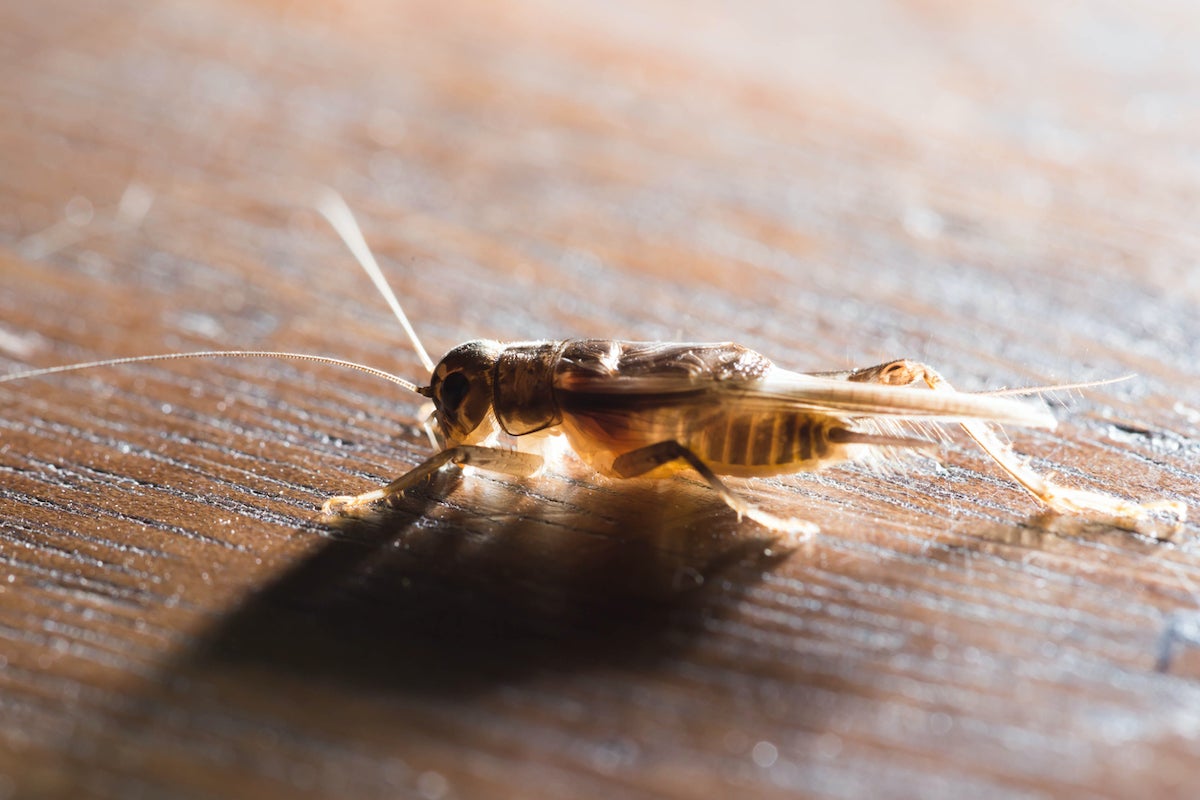
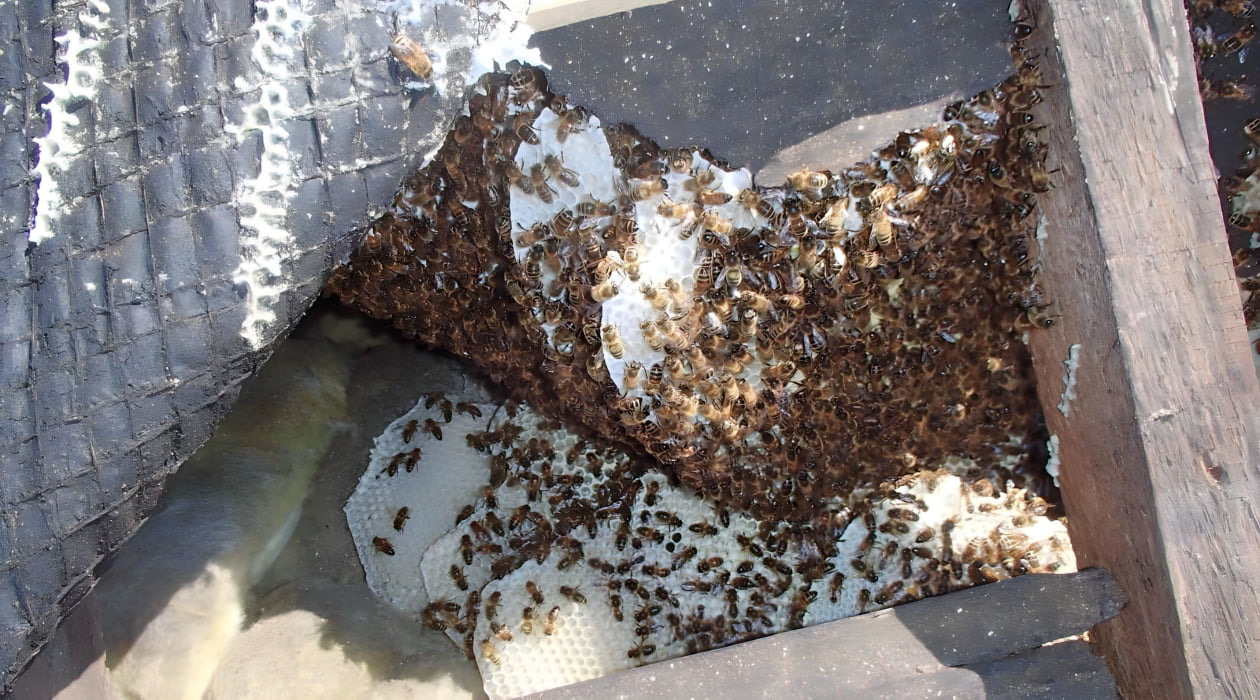
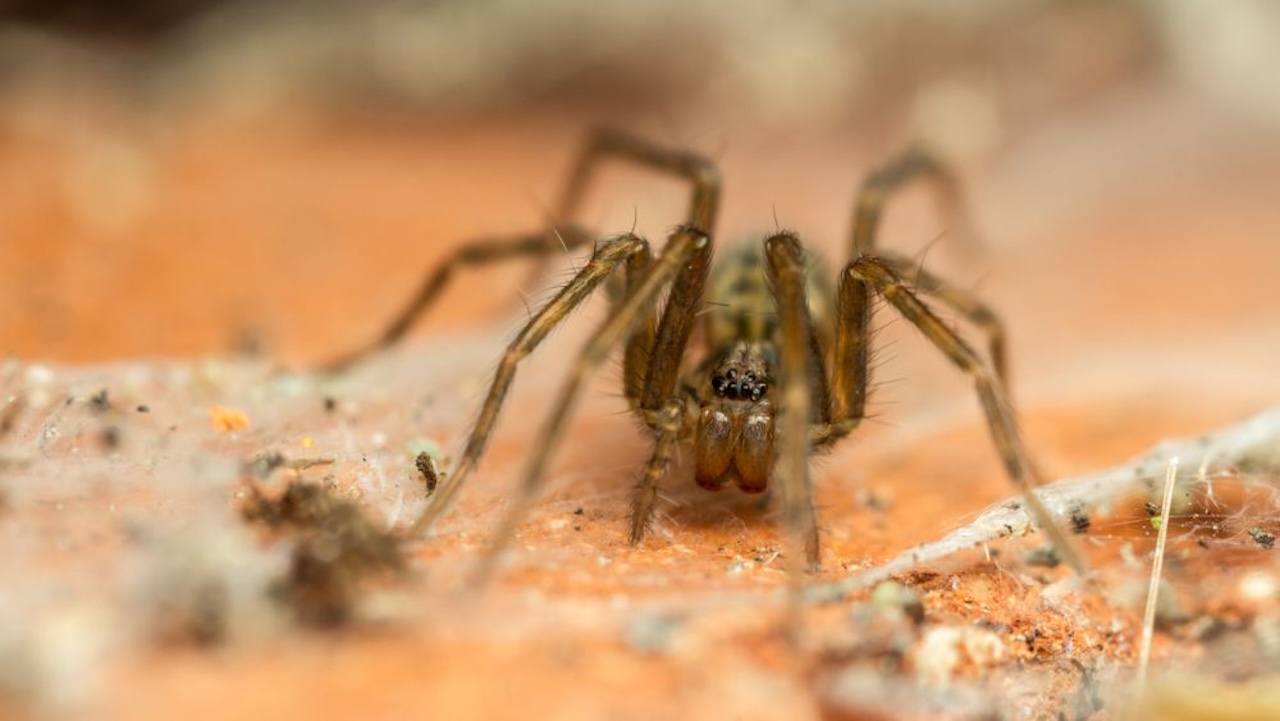
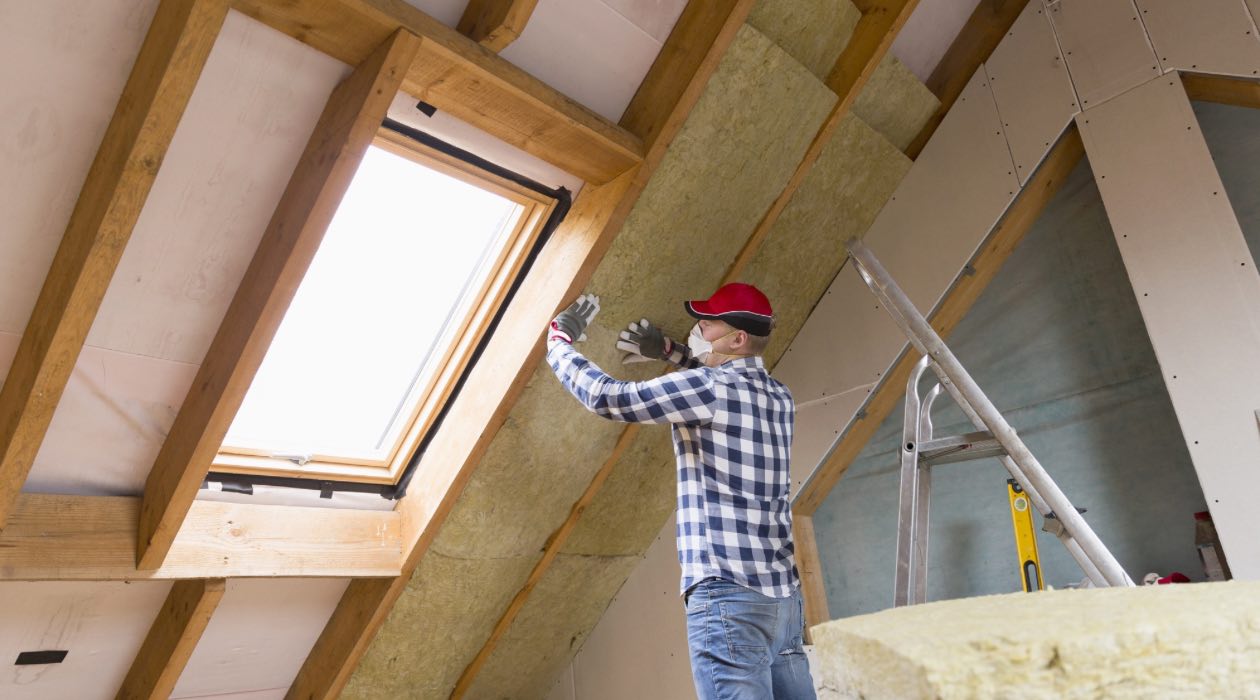
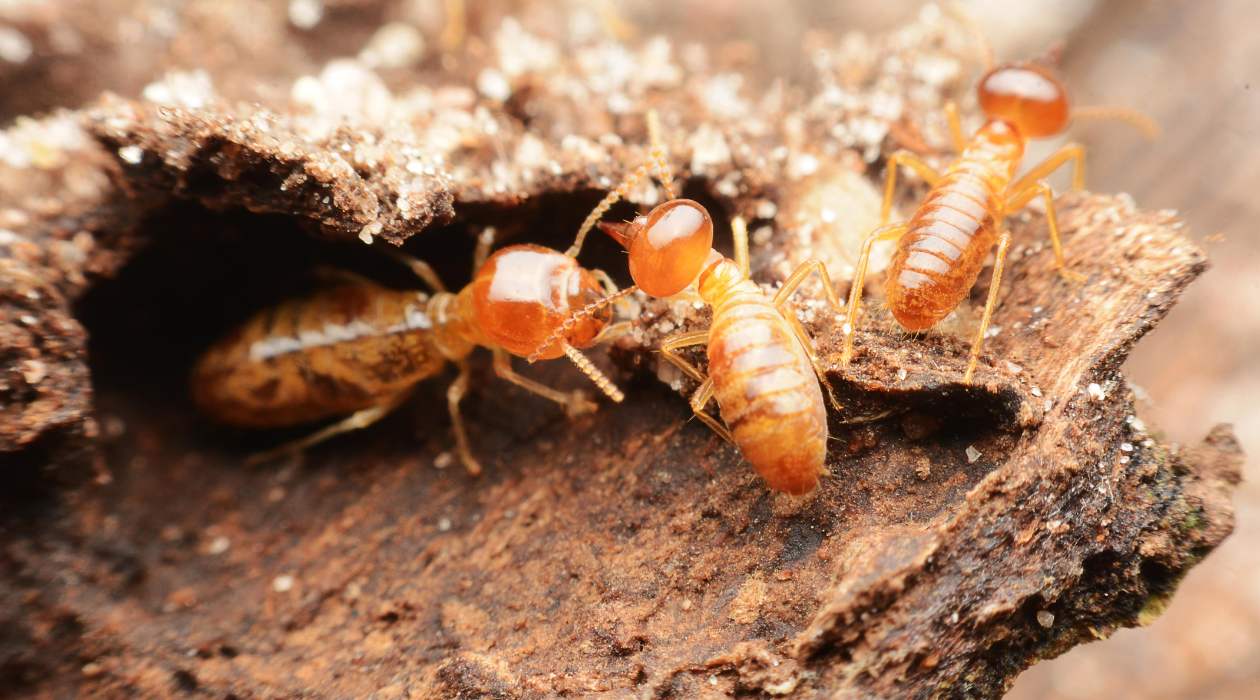
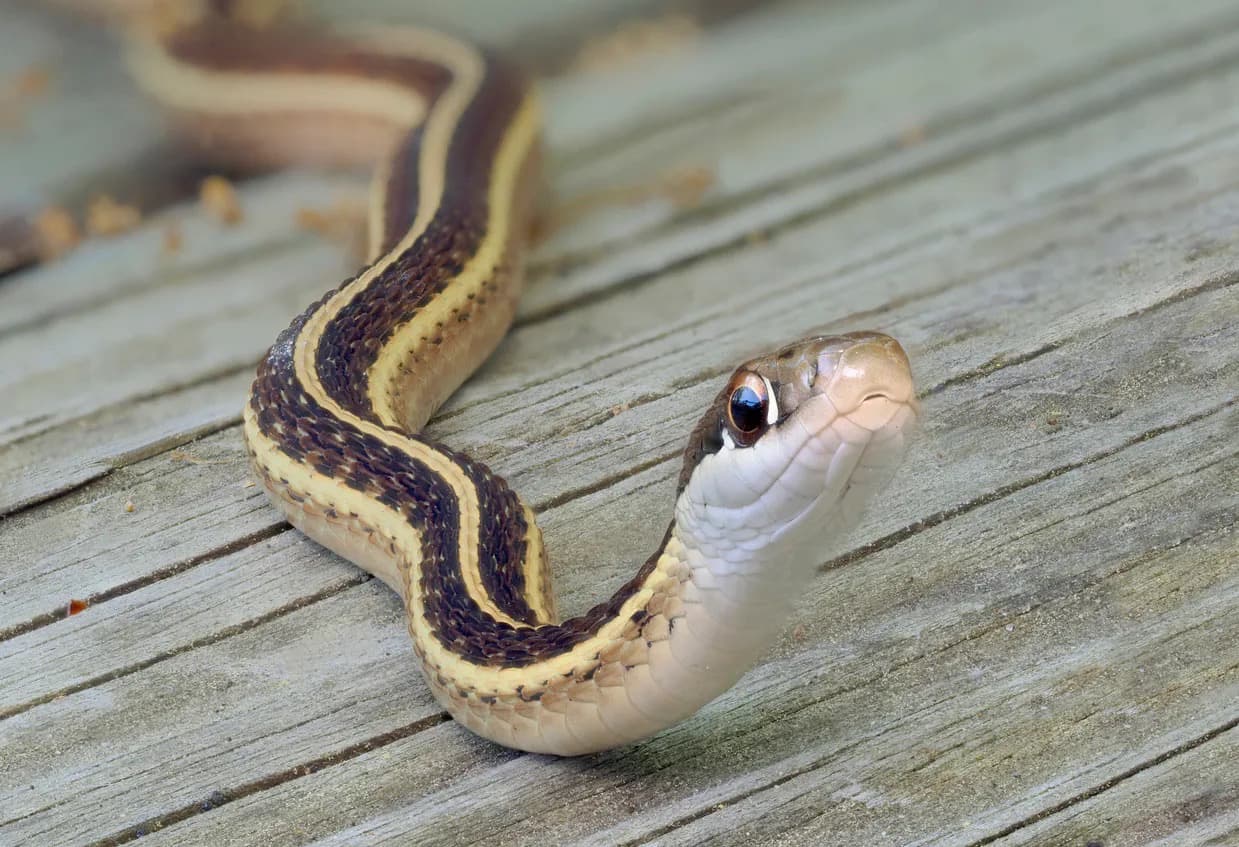
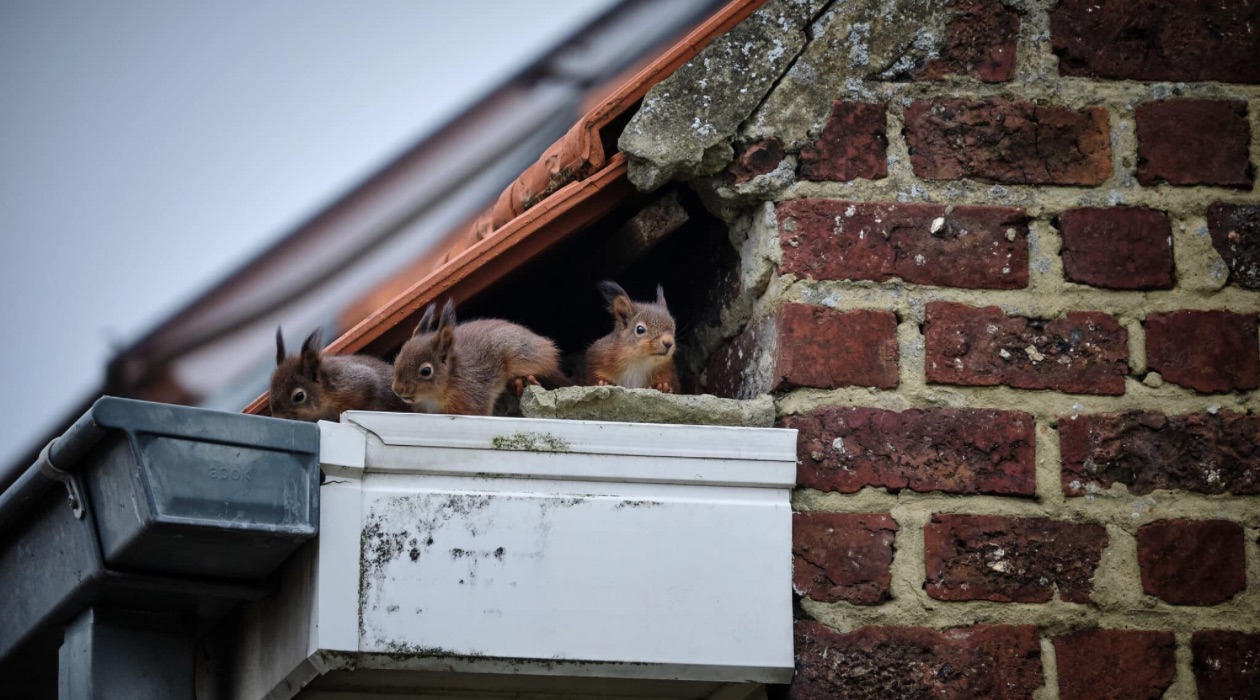
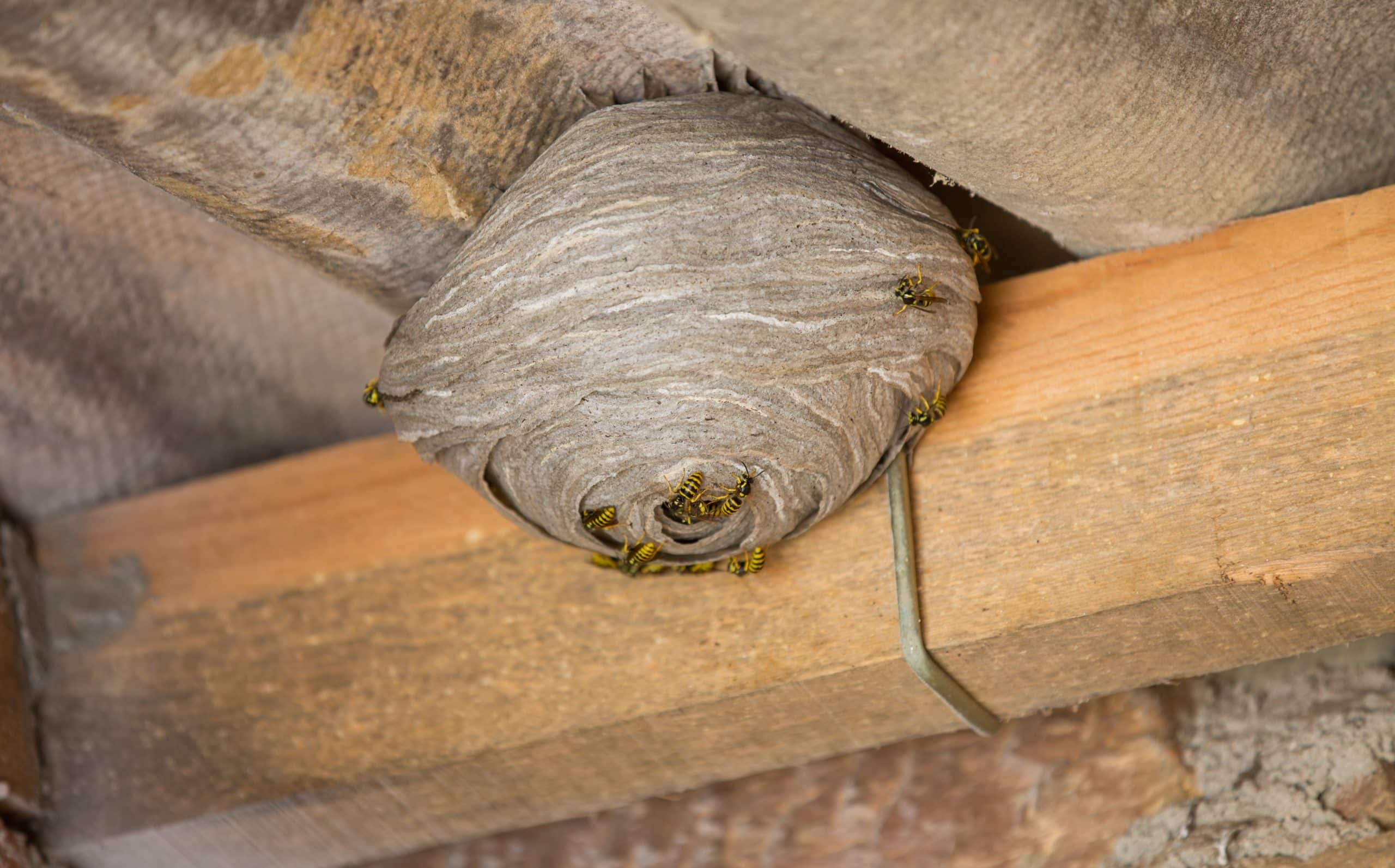
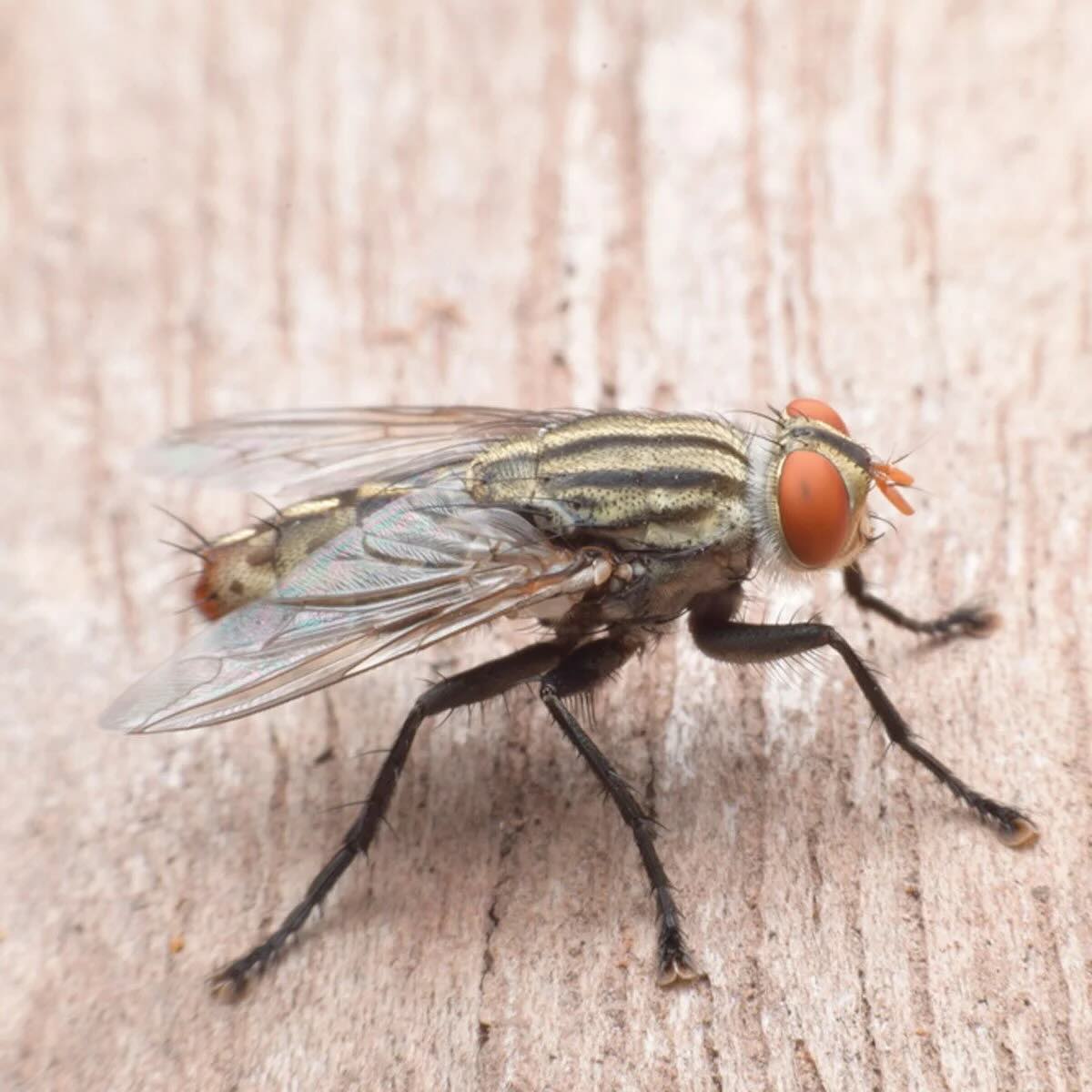
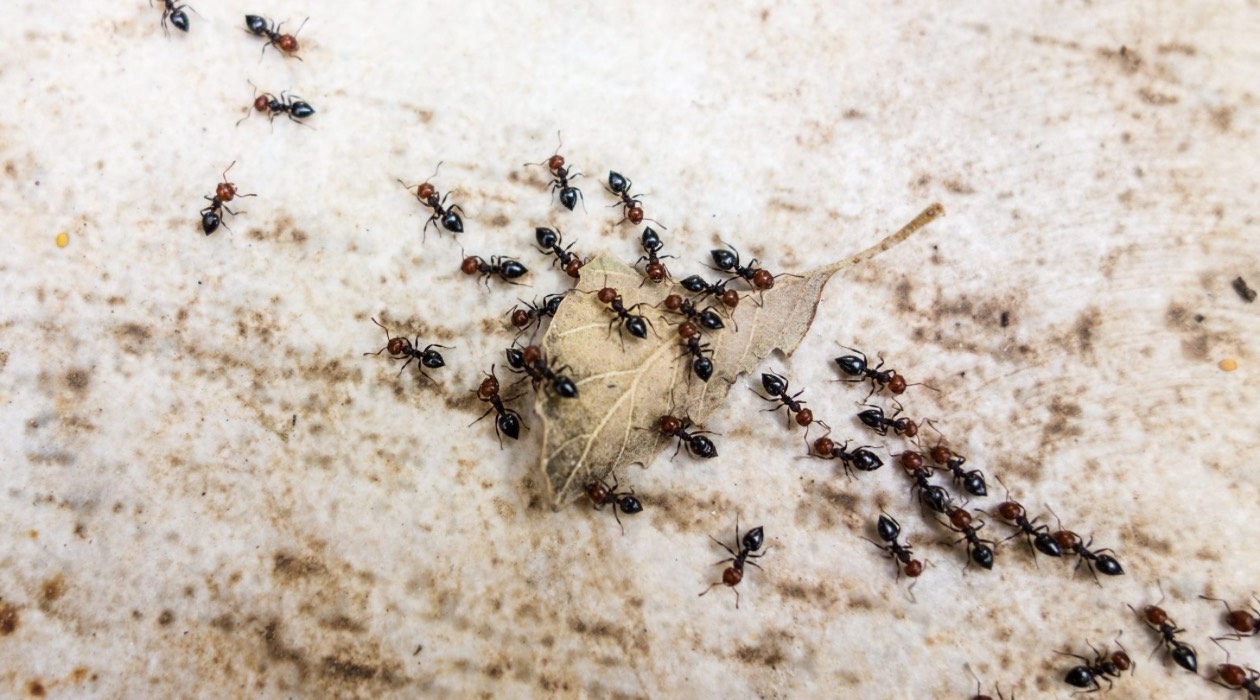
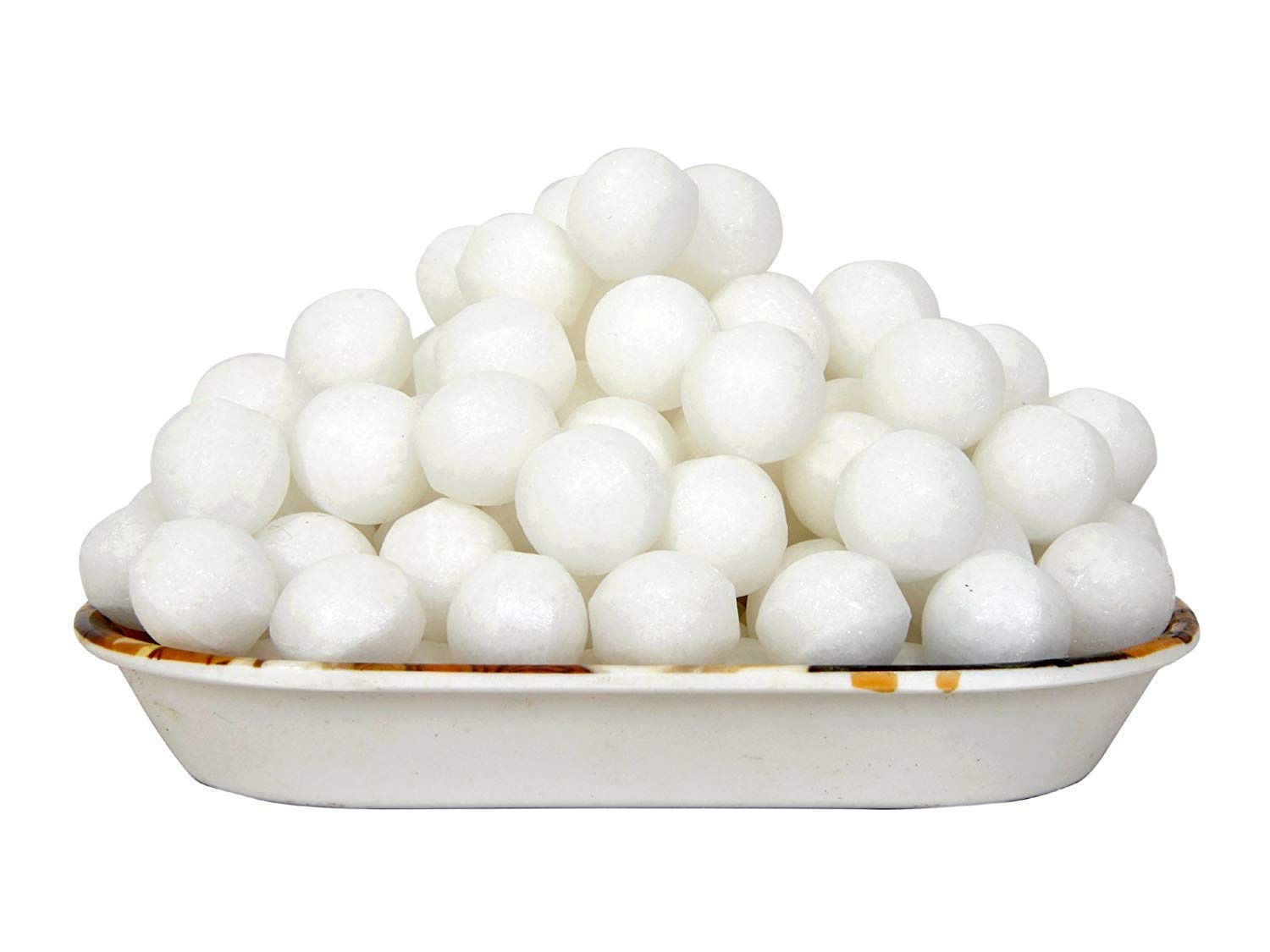
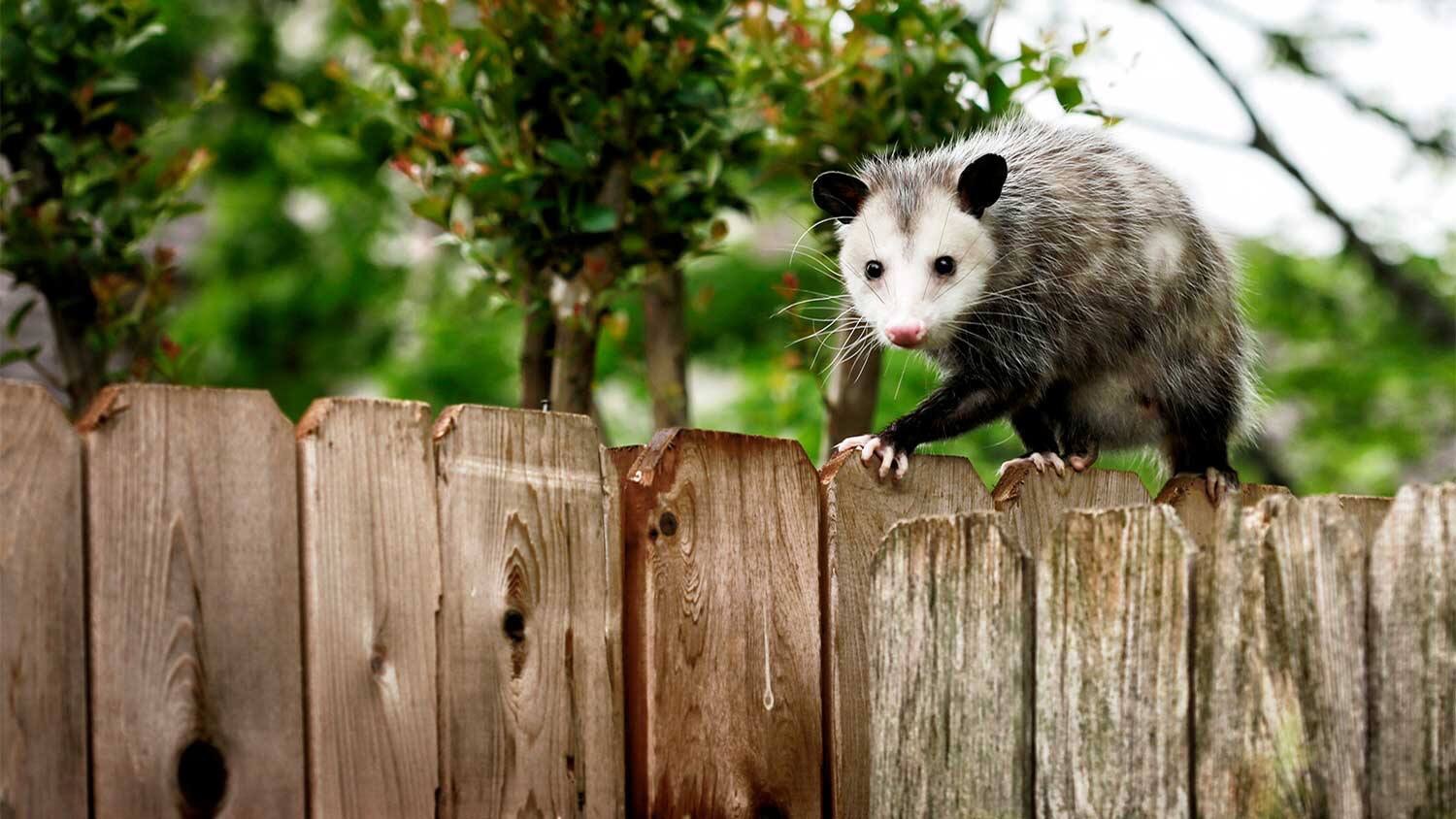
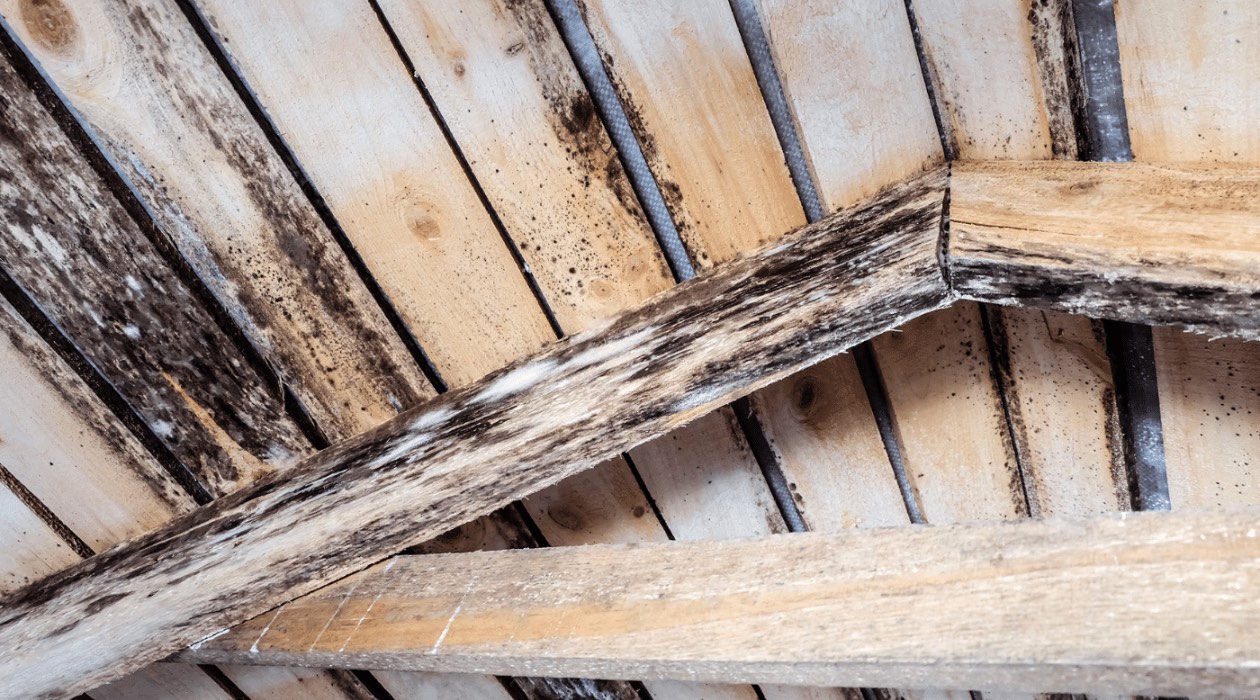

0 thoughts on “How To Get Rid Of Squirrels In The Attic”